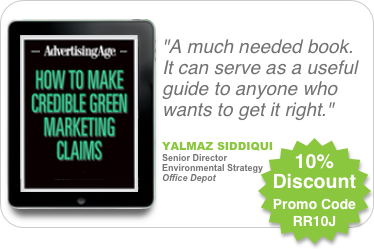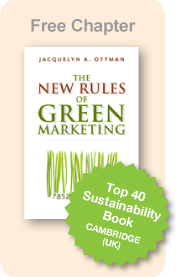Jacquie Ottman's
Green marketing Blog

Sustainable Innovation 2013: Key Lessons
Posted on December 05, 2013 by Jacquelyn Ottman

Every year I head to Europe to take part in the Sustainable Innovation Conference organized by The Centre for Sustainable Design (UK) as part of its ‘Towards Sustainable Product Design’ series of conferences. Sustainable Innovation brings together pioneers, movers and shakers from around the world and across multiple industries who are changing the game of sustainable design to present their ground-breaking concepts and ideas. This year’s program, as always …Read more...
New E-Report on What 2012 FTC Green Guides Update Means for Marketers
Posted on September 16, 2013 by Jacquelyn Ottman
I’m delighted to announce my new e-book on what the 2012 FTC Green Guides mean for marketers. It’s entitled, “How to Make Credible Green Marketing Claims: What Marketers Need to Know about the Updated FTC Green Guides.” It is being published today by Ad Age.
I had the pleasure of collaborating on it with David Mallen, Deputy Director and chief of environmental claims of the National Advertising Division (NAD). (NAD is the industry’s self-regulatory body, an …Read more...
Demystifying Biobased Products Keys to Marketing Success
Posted on December 06, 2012 by Jacquie Ottman & Mark Eisen
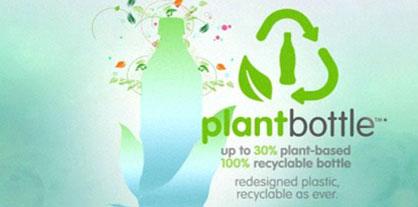
Communicating the benefits of “biobased” content, the world’s newest ecological marketing term, is often tricky. Biobased represents all of green marketing’s traditional challenges — including greenwash — but has additional, unique challenges all its own. Happily, strategies and a credible third party label now exist.
Opportunities For Biobased Products and Packaging
There are many reasons for a business to use biobased content instead of traditional petroleum-based ingredients in their products, including: it helps grow the farm economy, promotes energy independence, and helps …Read more...
Upshot of FTC Revised Green Guides: Let’s Stop Calling Green Products “Green”
Posted on October 11, 2012 by Jacquelyn Ottman
 It only took them 20 years (The first Guides were issued in 1992), but then again, as the saying goes, every overnight sensation is twenty years in the making. Maybe the FTC Green Guide staff put in their 10,000 hours, but, at last, they nailed it. The revisions to the …Read more...
It only took them 20 years (The first Guides were issued in 1992), but then again, as the saying goes, every overnight sensation is twenty years in the making. Maybe the FTC Green Guide staff put in their 10,000 hours, but, at last, they nailed it. The revisions to the …Read more...
Can Product-Sharing Sustain the Earth AND the Economy?
Posted on May 22, 2012 by Michelle Hardy, Guest Blogger

Good green marketers push the innovation of different products. Better products. But can we profit from making fewer products in the first place? “Swap Don’t Shop,” the most recent of the Columbia Business School Alumni Club’s Making Green from Green events, explored this very dilemma.
The panel began with a sobering point; Moderator Cameron Tonkinwise of the Parsons School of Design Strategies reminded his audience of green business advocates that for all the sustainable sourcing, the holistic …Read more...
Shop ‘Til You Drop—but on Earth Day?
Posted on April 24, 2012 by Jacquelyn Ottman

This year seemed to produce a bumper crop of Earth Day promotions — and a lot of accompanying media backlash. Stories written by Marc Gunther, Matt Wheeland, and a NYTimes piece by Elisabeth Rosenthal are three I saw and I’m sure you saw more yourself.
The media are making Earth Day marketers look like the moneychangers in the temple. Why is this happening? What can we do about it?
It’s happening because of dyed-in-the-wool skepticism over business’s real …Read more...
Book Review: Greener Products: The Making and Marketing of Sustainable Brands
Posted on February 03, 2012 by Jacquelyn Ottman
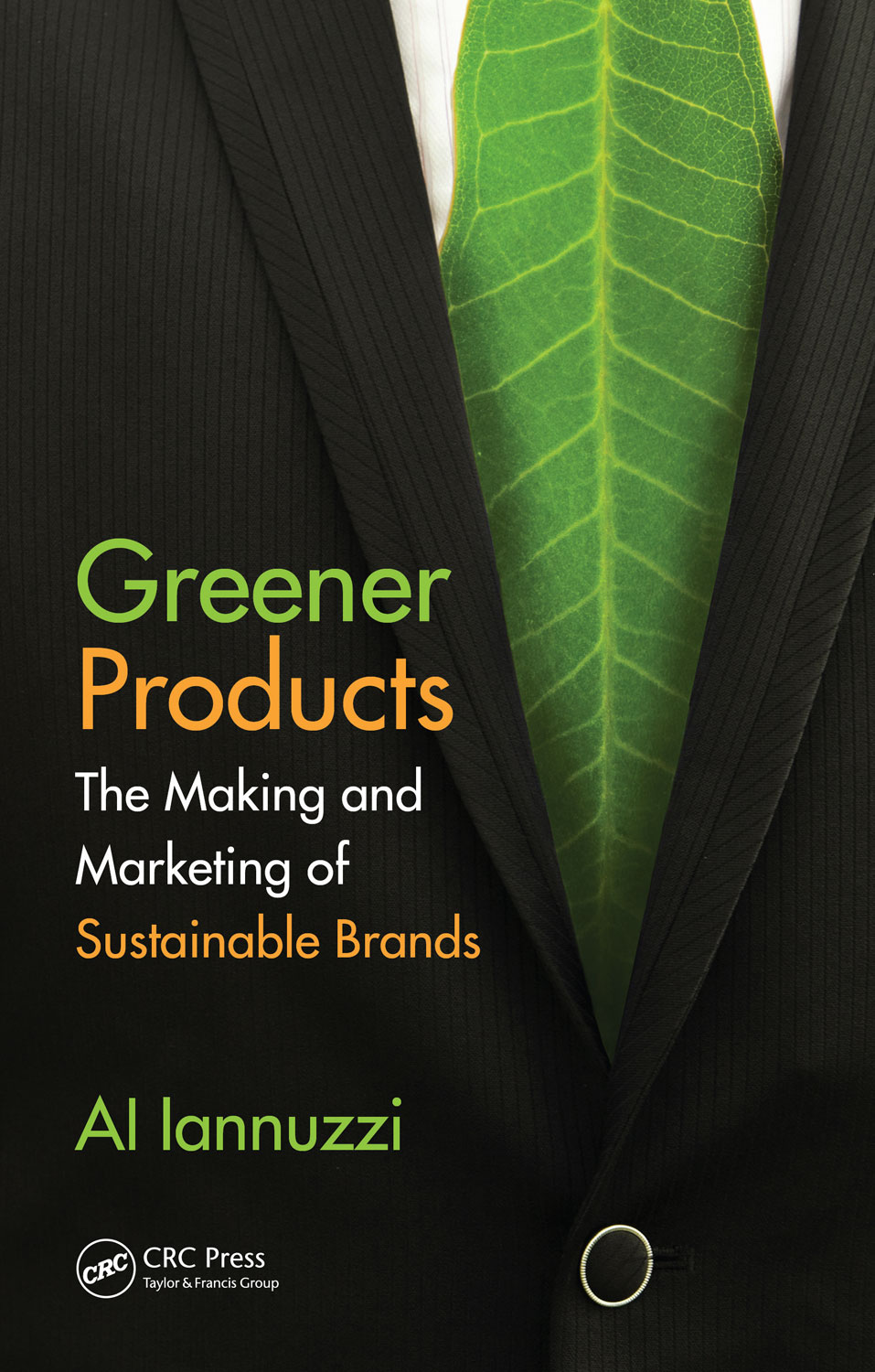 In his recently released Greener Products: The Making and Marketing of Sustainable Brands (2012, CRC Press, 222 pp.), Al Iannuzzi offers a detailed and persuasive case for incorporating sustainability into your business model. Examining both the making and the marketing of green products, his writing is firmly situated in the language of business — making it a useful resource for both business leaders and students alike.
In his recently released Greener Products: The Making and Marketing of Sustainable Brands (2012, CRC Press, 222 pp.), Al Iannuzzi offers a detailed and persuasive case for incorporating sustainability into your business model. Examining both the making and the marketing of green products, his writing is firmly situated in the language of business — making it a useful resource for both business leaders and students alike.
Iannuzzi’s message is rooted in two core truths that we believe in strongly. First, there is …Read more...
The Rise of the Biobased Economy — and Why Brand Owners Need to Develop a Strategy in 2012
Posted on January 11, 2012 by Jacquie Ottman & Mark Eisen
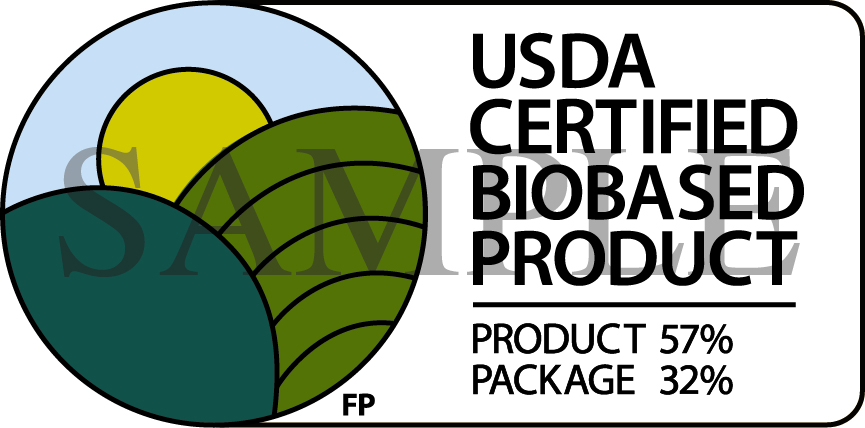 Our economy is slowly but surely heeding the signal that carbon is the new watchword. During the past few years, a steady stream of so-called “biobased” products have been making their way to retail shelves — compostable dinnerware made from corn, plant-based laundry detergents, and bamboo flooring among them. Coke and Pepsi are now competing to be first to market with a soft drink bottle derived entirely from sugarcane or other plant materials.
Our economy is slowly but surely heeding the signal that carbon is the new watchword. During the past few years, a steady stream of so-called “biobased” products have been making their way to retail shelves — compostable dinnerware made from corn, plant-based laundry detergents, and bamboo flooring among them. Coke and Pepsi are now competing to be first to market with a soft drink bottle derived entirely from sugarcane or other plant materials.
The emerging biobased economy even has …Read more...
Book Review: The Method Method
Posted on December 12, 2011 by Jacquelyn Ottman
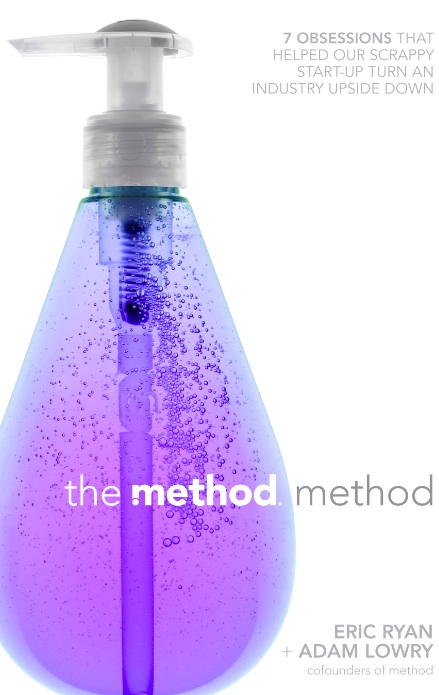 In their new book The Method Method: 7 Obsessions that Helped Our Scrappy Start-up Turn an Industry Upside Down, Method cofounders Eric Ryan and Adam Lowry with co-author Lucas Conley take the occasion of their unconventional company’s tenth anniversary to step back, and offer readers the opportunity to peek inside their business, learning from their mistakes and acquiring the secrets to their success.
In their new book The Method Method: 7 Obsessions that Helped Our Scrappy Start-up Turn an Industry Upside Down, Method cofounders Eric Ryan and Adam Lowry with co-author Lucas Conley take the occasion of their unconventional company’s tenth anniversary to step back, and offer readers the opportunity to peek inside their business, learning from their mistakes and acquiring the secrets to their success.
The Method Method offers a refreshingly honest look at how to create and …Read more...
EPA’s Design for the Environment Label — A Route to Safer Chemicals
Posted on November 21, 2011 by Jacquelyn Ottman
Some chemicals are safer than others, and the U.S. EPA’s Office of Pollution Prevention and Toxics’s voluntary Design for the Environment label can help consumers identify all purpose cleaners, laundry detergents and oth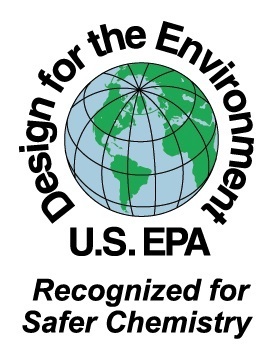 er products that have met performance measures and are known to contain the safest possible ingredients. Since its inception in 1997, the label has been earned by over 2700 products. (Full disclosure: DfE is a former client of mine.)
er products that have met performance measures and are known to contain the safest possible ingredients. Since its inception in 1997, the label has been earned by over 2700 products. (Full disclosure: DfE is a former client of mine.)
A product of EPA’s now twenty-year-old Design for the Environment (DfE) Program, the …Read more...
Why Education is Key to Green Marketing Success
Posted on October 26, 2011 by Jacquelyn Ottman
 Given the complexities of greening, properly educating consumers can make the difference in the success of a campaign. One green marketer who learned the hard way about the need to educate is Whirlpool. In the early 1990s they won a $30 million “Golden Carrot” award that was put up by the U.S. Department of Energy and a consortium of electrical utilities for being the first to market with a chlorofluorocarbon (CFC)-free refrigerator. But they misjudged consumer’s willingness to pay a 10% premium for …Read more...
Given the complexities of greening, properly educating consumers can make the difference in the success of a campaign. One green marketer who learned the hard way about the need to educate is Whirlpool. In the early 1990s they won a $30 million “Golden Carrot” award that was put up by the U.S. Department of Energy and a consortium of electrical utilities for being the first to market with a chlorofluorocarbon (CFC)-free refrigerator. But they misjudged consumer’s willingness to pay a 10% premium for …Read more...
How to Choose the Right Eco-label for Your Brand
Posted on October 19, 2011 by Jacquelyn Ottman
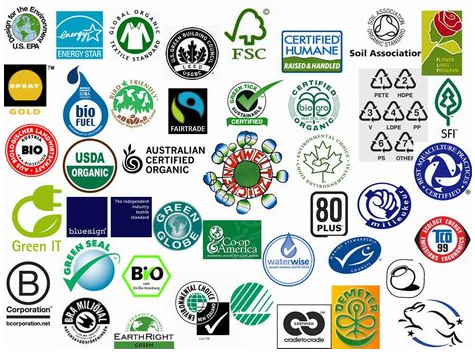 Eco-labels are an excellent way to enhance credibility for green marketing claims, but they are not without risk. While 28% of consumers look to green certification seals or labels to confirm that a product adheres to claims, these labels can also confuse. Happily there’s enough method within the madness for marketers to pave a way forward.
Eco-labels are an excellent way to enhance credibility for green marketing claims, but they are not without risk. While 28% of consumers look to green certification seals or labels to confirm that a product adheres to claims, these labels can also confuse. Happily there’s enough method within the madness for marketers to pave a way forward.
Eco-labeling challenges
More than 400 different eco-labels or green certification systems are now on the market. Questions such as which label is better, which product is …Read more...
Toyota’s Prius: Different Strokes for Different Folks
Posted on October 12, 2011 by Jacquelyn Ottman
 The mainstreaming of green brings with it the need to segment audiences. As marketing efforts behind the Toyota Prius demonstrate, targeting messages to specific consumer groups can broaden appeal.
The mainstreaming of green brings with it the need to segment audiences. As marketing efforts behind the Toyota Prius demonstrate, targeting messages to specific consumer groups can broaden appeal.
When launching the Prius in 2001, Toyota opted to target not the green-leaning drivers one might expect, but rather tech-savvy “early adopter” consumers. Featuring a beauty shot of a shiny new car parked at a stop light and illustrated by the provocative headline, “Ever heard the sound a stoplight makes?” an introductory print ad …Read more...
Focus On Consumer Self-Interest to Win Today’s Green Customer
Posted on October 05, 2011 by Jacquelyn Ottman
If your green ads showcase the now tiresome images of babies, daisies, and planets, your messages will likely be irrelevant to mainstream consumers. Eco-imagery may have tugged at the purse-strings of “deep green” consumers, but their lighter green counterparts, who make up the bulk of the market, want to know how even the greenest of products benefit them personally. While the environment may be the underlying reason a product was created or upgraded, it will likely not be the primary motivation for consumers to choose your brand over those of …Read more...
Doing Cause Marketing Right
Posted on September 20, 2011 by Jacquelyn Ottman
Once considered a short-term promotional tactic, cause marketing is now a mature, long-term strategic business practice that can enhance brand image and boos t sales. Most importantly, cause-related products give businesses an impact that goes far beyond mere tax-deductible checks (philanthropy).
t sales. Most importantly, cause-related products give businesses an impact that goes far beyond mere tax-deductible checks (philanthropy).
Several successful brands are making social causes central to their business. Consider the enormously successful TOMS One for One campaign, which gives a pair of shoes to a child in need for every pair of their rubber-soled alpargatas shoes they …Read more...
